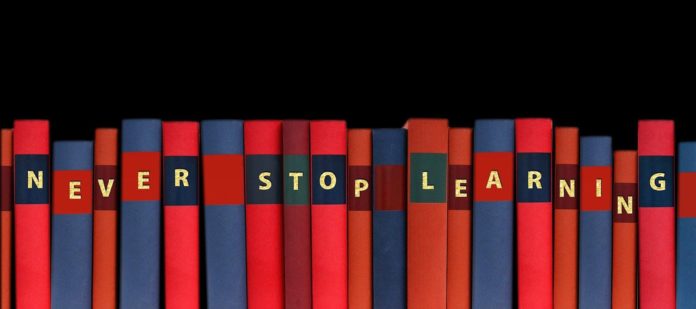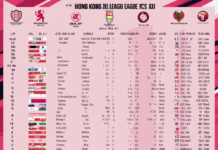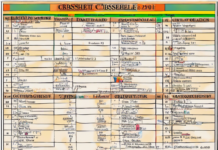The issue of the educational curriculum has long been a divisive one. Some say that the traditional way of teaching is outdated and ineffective, while others believe that it is the best way to ensure all students receive a well-rounded education. Regardless of which side you stand on, one thing is for sure: curriculum development is an essential process in modern-day education.
What is Curriculum?
What is the one thing that all educators have in common? Curriculum! Curriculum development is an essential process for creating a thriving learning environment. It involves careful planning and designing instructional materials, courses, and educational programs. Without a well-developed curriculum, schools would be unable to provide students with a consistent level of education.
Who is Responsible for Designing a Curriculum?
For a curriculum to be successful, the individuals who design it must have specific attributes. Some of these include:
Strong Sense of Responsibility and Accountability
The creator(s) must take pride in their work and understand that students rely heavily on what they create. They need to ensure that every step is well-thought-out with no loose ends or gaps. If there’s any room for improvement, it should be addressed immediately so as not to hinder student achievement down the road!
A good example would be designing an art course; they might want everything perfect before moving forward (including how much time each activity takes). This way, nothing gets overlooked while ensuring that all aspects are covered appropriately without wasting time.
An individual with a Master’s in C&I and Instructional coach leadership is ideal for the job. So if you’re looking for the perfect program to join, you know what you need to dig into!
Strong Goal Setting: Curriculum Development
For students to achieve success, teachers need a target in mind. It could be anything from content mastery to developing skills within a particular subject area.
When setting these goals, make sure they’re SMART: Specific, Measurable, Achievable, Relevant, and Time-bound. When you know what you want your students to accomplish, it’s much simpler to develop lesson plans and activities that will assist them in doing so!
Steps to Follow While Designing a Curriculum:
Designing a curriculum is a process that includes several steps and stages.
Identify the Needs:
The first step in developing a curriculum should be to identify the needs of your students. It will help you determine what types of material they need most when planning lessons on specific topics. These needs can include academic achievement goals such as reading level or writing ability, social-emotional developmental concerns like self-esteem growth, behavior problems at home, school work ethic issues, etc.
Brainstorm:
Once these objectives have been identified, it’s time for some brainstorming! List out all possible activities related to each learning objective, then narrow down the list based on time constraints, budget limitations, and availability of necessary materials needed.
Create a Curriculum Map:
Now that you’ve finished the planning, it’s time to draw up a list of what will be discussed. A curriculum map does not have to remain static – it can (and should) be updated regularly in response to student learning needs and teacher feedback. This document can help educators keep track of pacing, objectives, and assessments while guiding future modifications or additions to the curriculum.
Select Appropriate Instructional Materials:
Once objectives have been identified, it’s much easier to find instructional materials that align with them. However, beware of selecting resources simply because they’re trendy without considering if they meet the needs of learners. Ask yourself the questions below as you go through each resource:
- Does this resource meet learner needs?
- Is the content relevant and meaningful to learners?
- Will it help them achieve their goals, both immediately and long-term? Does it align with standards or other expectations set forth by administrators or stakeholders?
- Do I need all of these resources, or can I get by using fewer, more effective materials?
Evaluate Instructional Materials:
A crucial part of selecting instructional materials is evaluating how they work. If a particular textbook doesn’t provide much information about your chosen topic, for example, then don’t use it! You might want to consider switching out one book for another if your students aren’t learning from what you’re teaching or don’t seem interested in the topic.
Importance of Curriculum Development
How does curriculum development impact education? There are quite a few ways:
- It helps ensure that all students receive an equal level of instruction.
- It provides that the teaching material is based on current research and best practices.
- It allows regular assessment of students’ understanding and knowledge.
- It helps the select instructor materials that are most appropriate for the students.
- It assists in determining whether or not the instructional goals of a course or program are being met.
In a Nutshell:
Educators need to ensure that all students receive the same level of education. They must create a curriculum for their courses and programs to do this. They also need to regularly update their curricula to ensure that it is based on current research and best practices. The job comes with great responsibility, but it is also exciting and fulfilling.









